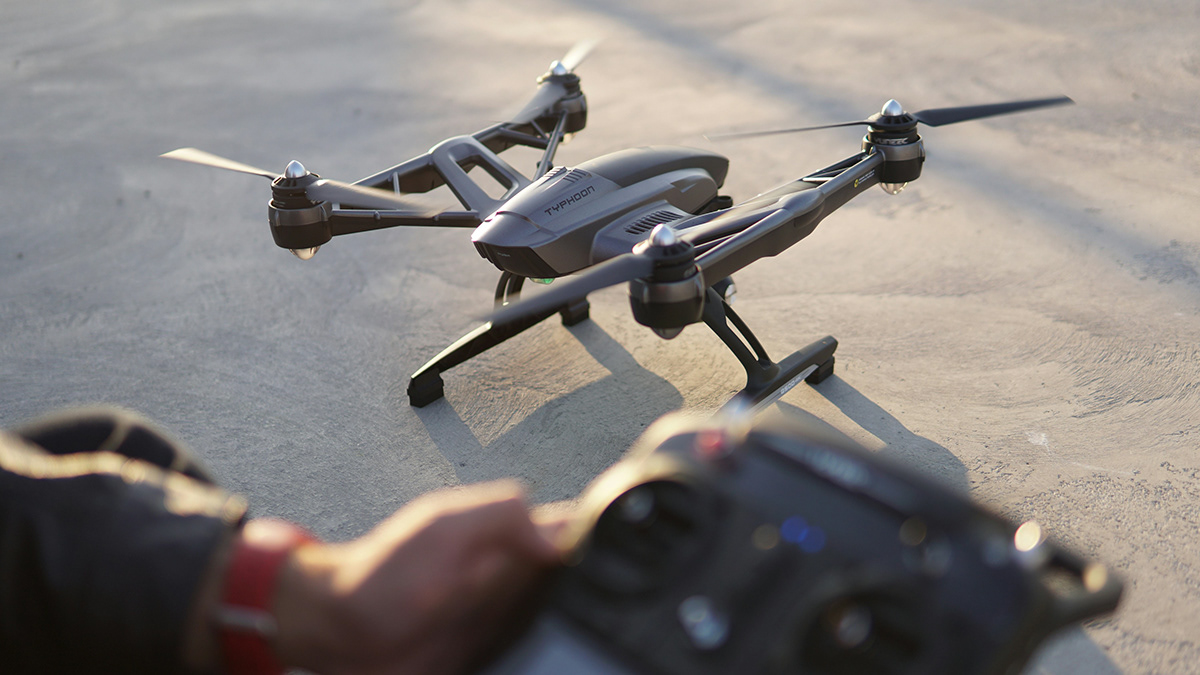
A drone is an unmanned, flight-capable robot that can complete various automated tasks or follow the commands of a remote pilot. In professional settings, drones are commonly referred to as unmanned aerial vehicles (UAVs). The United States military uses UAV technology for a range of purposes, from intelligence gathering to combat operations support.
British engineers are credited with the first radio-controlled aircraft technology in 1935. The drones supported target practice during military training sessions. The U.S. military expressed interest in unmanned aircraft as early as World War I, and by World War II, radio-controlled aircraft were being used for various missions. UAVs capable of returning from a mission were first developed during the 1950s.
UAVs are now a key component of America’s military. For many years, drones were limited to surveillance operations, but recent advances in technology have significantly expanded the scope and versatility of UAVs. Drones are even capable of assisting with active combat scenarios.
Drones can meet several needs during combat operations, such as providing coverage to troops on the ground, or alerting troops to enemy locations. They remain invaluable tools during reconnaissance missions before combat, and can provide precision-guided munitions support. Drones can further aid ground forces as an added layer of security.
UAVs can scout ahead and warn troops about potential threats, or lead ground troops to friendly locations. They are frequently used to reduce the risk of ambushes on convoys.
Military units can even conduct entirely drone-led missions. These missions, known as precision strikes, allow for minimal collateral damage. The MQ-9 Predator drone is well known for its precision strike capabilities, although the drone also provides intelligence-gathering support.
The U.S. military uses drone technology in many ways outside of combat. Intelligence-gathering drones utilize highly accurate sensors and surveillance equipment to record data and take pictures from great distances, greatly reducing the risk involved with mapping out enemy positions and movements, as well as potentially hazardous geographical features.
Locating and tracking enemies with UAVs is a process known as target acquisition. Drones can help military leaders determine the best location and opportunity to act on a target with artillery or another weapon system. UAVs can remain on site to analyze damage and mission objectives following a strike. Drones may go after individual targets or monitor the activities of entire enemy units. Surveillance data gathered by UAVs is instrumental to the development of modern warfare strategies and tactics.
Aside from combat and reconnaissance, UAVs perform search and rescue missions. Drones are not only capable of utilizing advanced sensors and cameras, but can use their flight and size to access difficult-to-reach locations while searching for missing personnel. They can also provide medical supplies to injured personnel while rescue teams are en route.
UAVs transport various supplies during military operations, including equipment. As drone technology continues to advance, military operators can reduce the number of ground convoys used to resupply troops, which greatly reduces risk.
Drones are also frequently used for anti-drone purposes, alerting troops to the presence of enemy drones or neutralizing opposing UAVs with precision munitions. Finally, the military uses drones during training and combat simulations.


